🐕 Are Huskies Hypoallergenic Dogs? No, Here's Why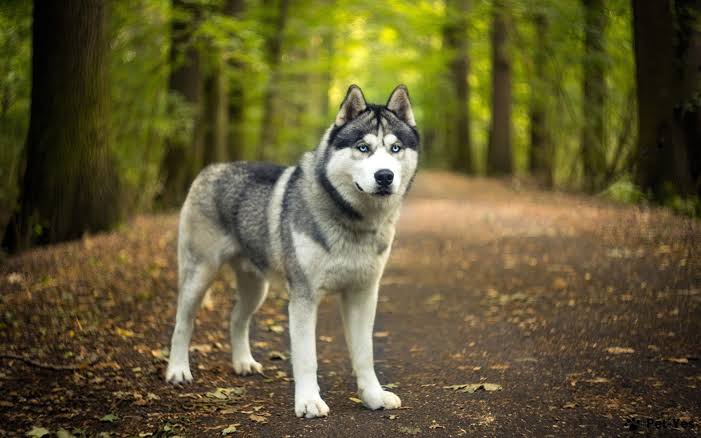
Beautiful Siberian Husky showcasing their thick double coat in a natural forest setting
🔍 Quick Facts About Siberian Huskies
Hypoallergenic:
❌ No
Shedding Level:
🔴 Very High
Grooming Needs:
🟡 Moderate to High
Good for Allergies:
❌ No
Size:
44-60 lbs (20-27 kg)
Height:
20-24 in (51-61 cm)
⚡ Quick Answer
No, Siberian Huskies are NOT hypoallergenic dogs.
Huskies have a thick double coat that sheds extensively year-round, with particularly heavy shedding periods twice annually called "blowing coat." They produce significant amounts of dander and allergens, making them unsuitable for people with dog allergies or asthma.
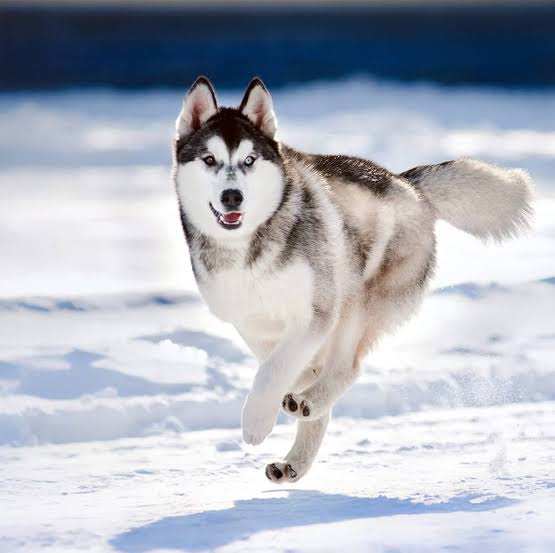
Husky running through snow, demonstrating their thick winter coat that contributes to heavy shedding
⚠️ Important for Allergy Sufferers: If you have moderate to severe pet allergies, respiratory issues, or asthma, Siberian Huskies are not recommended. Their high allergen production can trigger significant allergic reactions and respiratory problems.
⬆️ Back to Menu
🧬 What Makes a Dog Hypoallergenic?The term "hypoallergenic" means producing fewer allergens than typical dogs. While no dog is 100% allergen-free, some breeds produce significantly lower levels of the proteins that trigger allergic reactions in humans. Understanding these mechanisms helps explain why certain breeds are better suited for allergy sufferers than others. 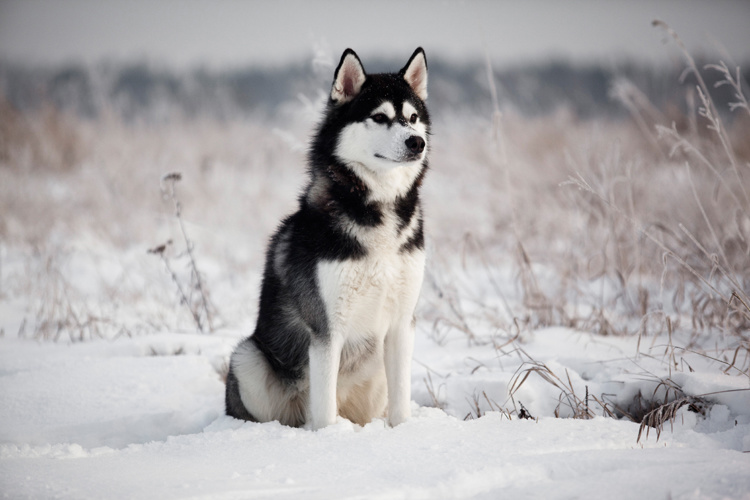
Majestic Husky sitting in a winter landscape, showing off their beautiful but highly allergenic coat
Primary allergen sources in dogs include:
Hypoallergenic breeds typically have non-shedding or low-shedding coats, produce less dander, and have hair rather than fur. Unfortunately, Huskies possess none of these characteristics, making them particularly challenging for individuals with sensitivities. ❌ Why Huskies Are Not Hypoallergenic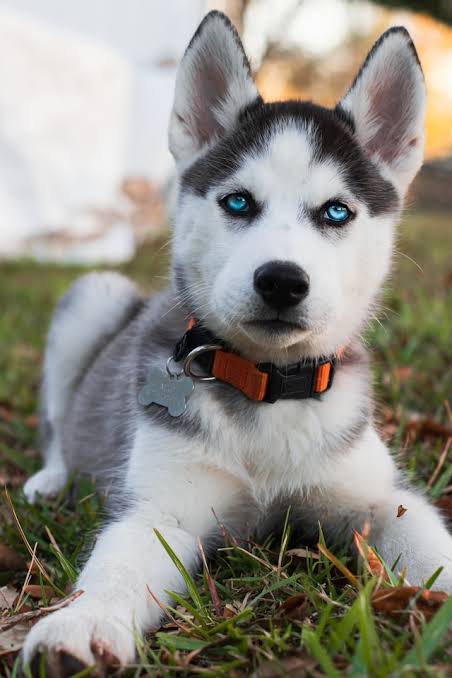
Even as puppies, Huskies already show signs of their future heavy-shedding double coat
🌪️ Shedding PatternSiberian Huskies are among the heaviest shedding dog breeds in existence. They shed consistently throughout the year and experience two major shedding periods called "blowing coat" that last 2-4 weeks each. During these intense periods, they can shed enough fur to create what appears to be an entirely new dog's worth of hair daily. 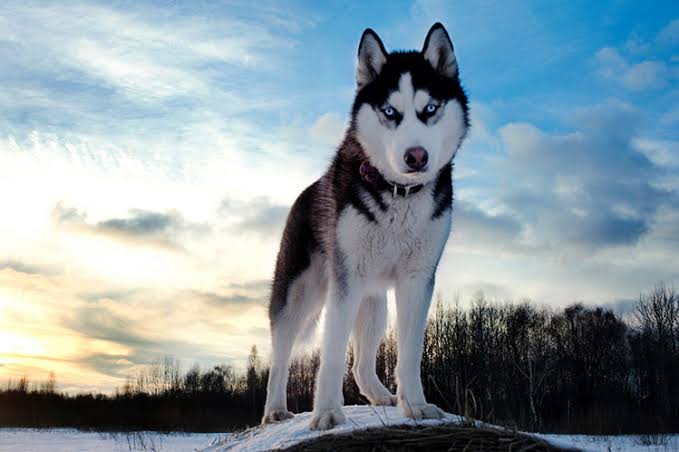
Husky proudly standing on a hill, their fur perfectly adapted for harsh climates but problematic for indoor living
🤧 Managing Life with Huskies for Allergy Sufferers🧹 Regular Grooming Protocol
Daily Maintenance:
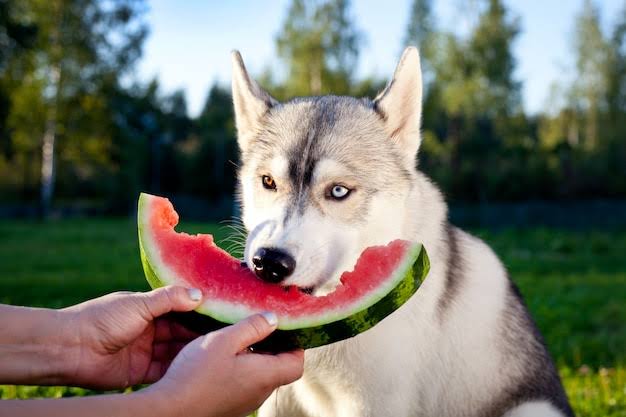
Husky enjoying a refreshing watermelon treat - even during feeding, their fur continues to shed constantly
🌪️ Air Quality Management
Environmental Controls:
🏠 Home Management Strategies
Limiting Exposure:
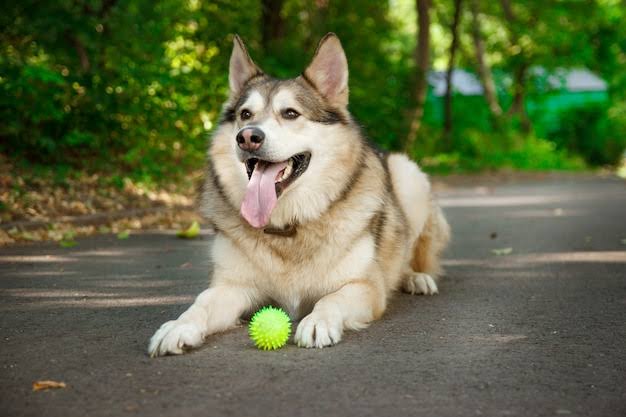
Playful Husky with their favorite ball - even during playtime, allergens spread throughout the environment
⚠️ Reality Check: Even with these measures, many allergy sufferers still experience significant symptoms. These tips may reduce allergen levels by 30-50%, but cannot eliminate the problem entirely. If symptoms persist or worsen, rehoming may be the healthiest option.
🔄 Hypoallergenic Alternatives to HuskiesIf you're drawn to the Husky's energy and intelligence but need a hypoallergenic option, several breeds offer similar characteristics without the allergen concerns. These alternatives provide active, intelligent companionship while producing significantly fewer allergens. 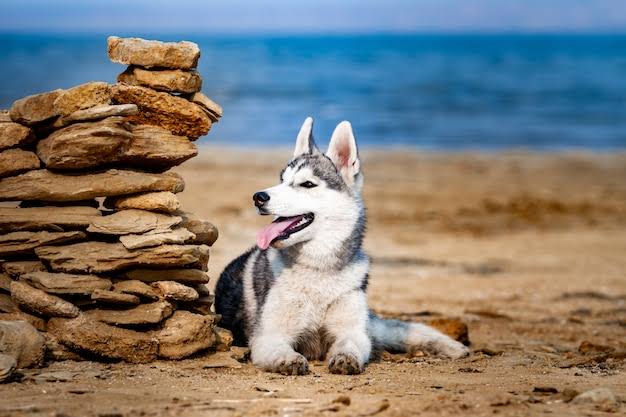
Husky enjoying beach time - their love for outdoor activities can be found in hypoallergenic breeds too
Consider breeds like Portuguese Water Dogs, Standard Poodles, or Xoloitzcuintli, which offer high energy levels and intelligence while being much more suitable for allergy sufferers. These breeds require similar exercise commitments but won't overwhelm your home with allergens. 💡 Tips for Those with Mild AllergiesWhile we strongly advise against Huskies for anyone with allergies, some individuals with very mild sensitivities might attempt coexistence. However, success rates are extremely low, and symptoms often worsen over time as allergen exposure accumulates in the living environment. 🧪 Testing Before AdoptingNever adopt a Husky without thorough allergy testing first. The high cost of rehoming and emotional trauma make pre-adoption testing essential. Many families underestimate the severity of their reactions and the persistent nature of Husky allergens throughout the home environment. 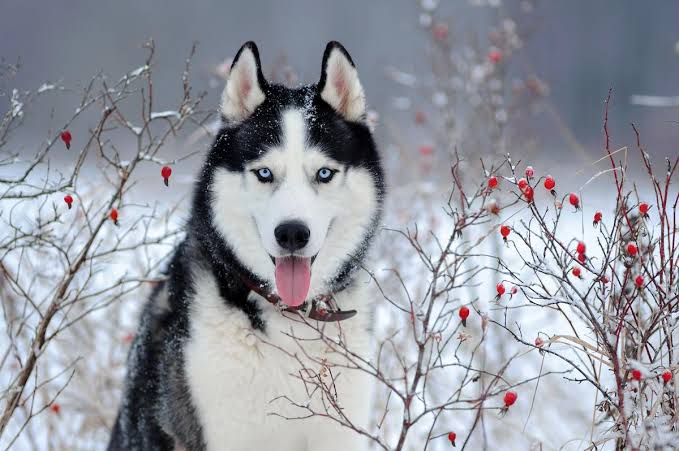
Beautiful winter scene with a Husky among rosehips - testing exposure in different seasons is crucial
🔬 Recommended Testing Process
Before Meeting Dogs:
Meeting Potential Dogs:
📊 Statistical Reality: Studies show that 85% of people with moderate dog allergies experience significant symptoms when living with high-shedding breeds like Huskies. Among those who attempt to "tough it out," 60% end up rehoming the dog within 18 months due to health issues.
🎯 ConclusionSiberian Huskies are magnificent, intelligent, and loyal companions, but they are absolutely not suitable for people with dog allergies. Their extreme shedding, thick double coat, and high dander production make them one of the worst breed choices for allergy sufferers. The daily reality of living with a Husky involves constant exposure to allergens that no amount of cleaning can completely eliminate. 
Festive Husky with Christmas decorations - while beautiful, their shedding doesn't take holidays
🚨 FINAL VERDICT: Huskies are NOT hypoallergenic and should be avoided by anyone with pet allergies
If you're drawn to the Husky's intelligence and energy, consider the hypoallergenic alternatives mentioned above. Your health and the dog's wellbeing are both important - choose a breed that allows you to enjoy pet ownership without compromising your respiratory health. The bond between human and dog should enhance your life, not create ongoing health challenges that require constant management. Remember: The best dog for you is one that fits both your lifestyle AND your health needs. There are many wonderful, active, hypoallergenic breeds that can provide the companionship you're seeking without the allergenic burden that comes with Husky ownership. ❓ Frequently Asked Questions
While you can reduce allergen levels through intensive grooming, air purifiers, and cleaning, it's rarely enough for comfortable coexistence. Most people with even mild allergies experience persistent symptoms. The massive amount of fur and dander Huskies produce makes significant allergen reduction extremely difficult.
Huskies are not excessive barkers compared to many breeds, but they are extremely vocal. They're famous for "talking" with howls, whines, and various vocalizations. They howl frequently and can be quite loud, especially when left alone or excited. This vocalization, while not traditional barking, can be just as disruptive in urban settings.
No, Huskies are poorly suited for apartment living. They require extensive daily exercise (2+ hours), have high energy levels, can be destructive when bored, and their vocalization can disturb neighbors. They need yards to run and are happiest in homes with ample space. Their shedding also makes small spaces quickly overwhelmed with fur.
Huskies are intelligent but notoriously difficult to train. They're independent thinkers bred to make decisions while mushing, making them selective about following commands. They have strong prey drives, tendency to escape, and can be stubborn. Training requires patience, consistency, and experience. They're not recommended for first-time dog owners.
Huskies should not be left alone for long periods (8+ hours regularly). They can develop separation anxiety, become destructive, escape, or exhibit problem behaviors. They're pack animals that need companionship and mental stimulation. If you work full-time, consider doggy daycare, dog walkers, or getting two Huskies to keep each other company.
No, Huskies are high-energy, active dogs that are rarely "calm" in the traditional sense. They require significant daily exercise and mental stimulation. Without adequate activity, they become restless and potentially destructive. They're working dogs bred for endurance and activity. While they can relax after exercise, they're not naturally sedate or low-energy companions.
Bathing every 4-6 weeks can temporarily reduce allergen levels, but too frequent bathing can dry their skin and actually increase dander production. Use hypoallergenic dog shampoos and ensure thorough rinsing. However, bathing alone won't make a significant difference in overall allergen load due to their extreme shedding between baths.
First, consult an allergist for proper testing and treatment options. Try the allergen reduction strategies mentioned above for 2-3 months. If symptoms persist or worsen, especially breathing difficulties, prioritize your health. Work with Husky rescue organizations to find an appropriate new home rather than surrendering to shelters. Your health must come first.
| |
|
| |
| Переглядів: 60 | | |
| Total comments: 0 | |